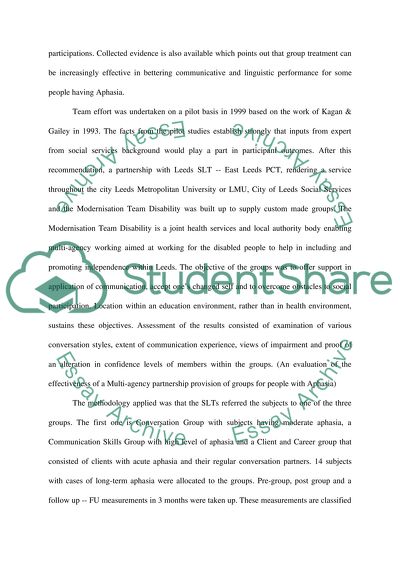Cite this document
(“Theory and Practice of Multi Agency Partnership Essay”, n.d.)
Theory and Practice of Multi Agency Partnership Essay. Retrieved from https://studentshare.org/sociology/1508113-theory-and-practice-of-multi-agency-partnership
Theory and Practice of Multi Agency Partnership Essay. Retrieved from https://studentshare.org/sociology/1508113-theory-and-practice-of-multi-agency-partnership
(Theory and Practice of Multi Agency Partnership Essay)
Theory and Practice of Multi Agency Partnership Essay. https://studentshare.org/sociology/1508113-theory-and-practice-of-multi-agency-partnership.
Theory and Practice of Multi Agency Partnership Essay. https://studentshare.org/sociology/1508113-theory-and-practice-of-multi-agency-partnership.
“Theory and Practice of Multi Agency Partnership Essay”, n.d. https://studentshare.org/sociology/1508113-theory-and-practice-of-multi-agency-partnership.


